16 Best Bulk Email Services for 2024
You’ve seen that email marketing works wonders for your business. So, you doubled down and built a massive email list. However, you’ve now hit a roadblock. You can’t send bulk emails through providers like Gmail or Outlook.

You’ve seen that email marketing works wonders for your business. So, you doubled down and built a massive email list. However, you’ve now hit a roadblock. You can’t send bulk emails through providers like Gmail or Outlook. Enter: Bulk email service providers. Over the years of working as an email copywriter, I have had the opportunity to use some of these bulk email services. I was impressed to see how they are equipped to manage large volumes of email while offering top features to track performance. In this blog, I have listed the key features to look for in a bulk email service and some of the top bulk email software available on the market. Table of Contents A bulk email service is an email provider that allows you to send mass emails to your subscribers. It’s common to use bulk email services for newsletters, sales promotions, and company announcements. A mass email software helps you reach a large audience and nurture them one email at a time. In addition to getting direct access to your customer base, you can track how your emails perform and test various methods to increase clicks and conversions. While traditional advertising methods, such as print ads and direct mail, can have a high return on investment (ROI), it can be challenging to understand how consumers interact with your materials. With a mass email software, you can find out what attracts consumers and what elements lead to more conversions. Furthermore, many bulk email software offer automation tools — think workflows and sequences. You can more easily move leads down the funnel and retain your current clients. My experience with email marketing has taught me that using a personal or business email can work in the first few months of starting a business but will quickly become ineffective as you grow. Bulk email services offer a long-term solution. Not sure if it’s the right time to try a bulk email software? The first question you should ask is, “Is our brand investing in email marketing this quarter/year?” If the answer is yes, then I believe that’s your sign to invest in an email service. Here are specific examples of when you would send out a mass email to your subscribers: With every email you send to subscribers, you’ll want to remember your goals, audience, time and day, personalization, and compliance with data protection laws. Start using HubSpot's free Email tools. I absolutely love how you can create, customize, and optimize your emails with HubSpot without coding or design experience. Here is how you can do that: You can send up to 2,000 emails monthly, which doesn’t include test emails to check functionality. In addition, the platform offers a user-friendly interface, tools like drag-and-drop to design your email easily, tokens to personalize every email, and an A/B testing feature. This is how the drag-and-drop feature works on the tool: You can also use their AI Email Writer to help you write copy for your emails. In addition, you can create custom reports based on the data you want to collect and analyze. What I like: I like how this tool allows you to personalize your bulk emails based on each subscriber's lifecycle stage. This enables you to deliver better content and effective CTAs that boost engagement. Pricing: The best part? It’s free. Bulk emailing allows your brand to save time and effort by sending mass emails to your target audience at once. Leveraging your email lists increases sales and engagement with promotional offers, flash sales, product updates, newsletters, etc. You can do all that and much more with Sender. You can not only send it to a large audience at once but also target the right subgroups with smart segmentation and automated triggers. That way, your audience will receive the message they want to receive and when they want to receive it. This is an example of various automated triggers available in this tool. You can notice that there are different workflows for different events — for example, when a new subscriber gets added to your list or if an online store user abandons their cart. You can also customize the automation workflow according to your needs. Additionally, Sender provides premade, mobile-responsive templates for professional-looking emails with a drag-and-drop email builder. Their platform also offers various features such as SMS campaigns, high-converting popups, detailed analytics, a heatmap, and even more. What I like: I'm impressed by Sender's omnichannel approach. It combines email and SMS marketing to deliver effective campaigns that produce great results. Pricing: Sender offers a free plan with 2,500 subscribers and 15,000 emails per month. Paid plans start at $15.83 a month, billed annually. As their name suggests, the platform is designed to help you earn more conversions and generate more revenue. ConvertKit is known for its advanced automation tools, including custom email funnels, smart filters, and link triggers. Furthermore, the platform has a 98% delivery rate, ensuring that your emails will always reach your subscribers. In addition, the average open rate for ConvertKit emails is an astonishing 30%, according to their website. What I like: I love how ConvertKit provides a visual automation library of pre-designed templates. This helps you kickstart your email campaign with ease, without worrying much about the designs of the bulk emails. Pricing: ConvertKit offers a free version of its platform for up to 10,000 subscribers. Paid plans start at $25 a month, billed annually. Here is an example of the various visual automation templates offered: I highly recommend Mailchimp if you’re just starting out in email marketing. The platform offers a user-friendly interface and over 100 templates to choose from. In just a few simple steps, Mailchimp lets you get started with your bulk email campaign. Using its prebuilt journeys, you can set up your email automation with ease. With their free plan, you can send up to 10,000 emails monthly to 2,000 contacts — an ideal option for small to midsize businesses. Then, as your business grows, you can scale to the premium version. Here, you’ll have unlimited audiences, multivariate testing, and advanced segmentation with up to 200,000 contacts. What I like: I love how you can customize emails for your prospects based on specific factors, such as spending amount, buying patterns, or predicted characteristics. This makes sure your communications are always targeted. Pricing: A free plan is available. Paid plans range from $9.18 to $274.30 per month. If you have an ecommerce business, I strongly suggest trying Drip for your mass email marketing. The platform offers pre-built email templates that you can customize and a user-friendly workflow builder for automation. Here is an example of their “Welcome Series” template: In addition, you can schedule automation based on actions your subscribers take (like viewing a product, abandoning their cart, and making a purchase). What I like: Drip claims a 99.8% delivery rate, which I find to be very impressive for a bulk email software. Furthermore, I love the ease with which the tool creates behavioral and lifecycle segments that update automatically. This lets you send targeted emails to your audience easily. Pricing: Prices start at $39 and go up based on your number of subscribers. Insycle doesn’t fall under the email provider list. However, this software does work in tandem with providers like HubSpot and Mailchimp to keep your contact list clean. In my opinion, one of the major downsides of having a subscriber list is the potential for duplicate contacts. This can impact your metrics and make it difficult to tailor your emails. Insycle allows you to clean your contacts in bulk, merge duplicate ones, and avoid overwriting data. What I like: One of the things I like about Insycle is that it makes data exploration easy. Additionally, its Grid Edit is a great feature that simplifies data corrections, saving you hours of manual work. Pricing: Pricing starts at $30 per month and scales up to custom pricing based on the services you want. Brevo (formerly Sendinblue) is one of the best bulk email software for small and large businesses. A drag-and-drop editor is one of the must-have features for a good email service, and Brevo features one of the most powerful editors on the market. Aside from that, the service has segmentation features that let you send emails to a targeted audience. This feature helps to improve overall engagement with customers. What I like: Brevo has a solid reporting system that gives insights about what your readers like. This helps you make better decisions and improve your bulk email campaigns. Pricing: Brevo has free and premium plans. The free plan lets you send up to 300 emails daily, albeit with the Brevo watermark. The premium plan begins at $25 monthly. Constant Contact is a bulk email service that’s great for small businesses and individuals. I love its simplicity and ease of use, features that make it great for beginners. The service features built-in social media sharing tools, easy tracking and reporting, and integrations with ecommerce centers like Facebook and Shopify. Its advanced features, like coupons, surveys, and event marketing automation, make it one of the best bulk email services. What I like: Constant Contact has a wide range of email templates and design samples that fit every business. With just a few clicks, your email campaign will be ready to launch. Pricing: This bulk email software offers a 30-day free trial, which you can upgrade to a premium plan. Paid plans start at $12 monthly for the Lite plan and can be further upgraded to the Standard plan or Premium plan for $35 per month and $80 per month, respectively. Mailmodo offers a free plan that allows you to send up to 10,000 emails monthly, making it an ideal choice for individuals and small businesses. However, if you want more, you can choose from four premium plans that let you send more emails monthly. Mailmodo’s no-code, drag-and-drop editor makes crafting emails a breeze. Additionally, this bulk email software offers users several customizable templates. If you ever run into problems while using the service, Mailmodo offers 24/7 customer support. What I like: I love the MailModos Building Blocks feature, where you can customize your own template for your email campaigns. Pricing: A free plan is available. Premium plans start at $35 monthly. AWeber is a flexible service that only charges users based on their number of subscribers. This flexibility is one of the reasons some users prefer this service. AWeber also has one of the most extensive libraries of customizable, mobile-responsive email templates. These templates allow you to create and send emails very quickly and easily. The platform offers sales tracking and lets you check out the performance of your emails and subscriber information. What I like: Apart from all their helpful features, their quick and efficient customer service stood out to me. I had some issues with signing up for the tool initially, and their customer service agent connected and assisted me in just a few seconds. Pricing: They offer a free plan for up to 500 subscribers, and the paid plan starts at $12.50 a month. Mailgun’s email solutions for email marketing, tracking, parsing, and more make it one of the best bulk email services. In addition, Mailgun’s email API allows developers to easily integrate it into their apps. Furthermore, Mailgun’s email analytics feature ensures email delivery. What I like: I am a huge fan of Mailgun’s Real-Time Email Validation API which makes sure that your email list always has valid addresses. This saves you time and money by letting you send bulk emails to just valid users. This will also boost your sender reputation in the long run. Pricing: Mailgun offers a free plan that allows sending up to 5,000 monthly emails. You can opt for its premium plans which start at $35 monthly if you want even more features. SendPulse is an omnichannel tool that allows you to send emails, push notifications, Facebook messages, and more. When it comes to emails, this service allows you to create responsive emails without writing a line of code. And if you prefer, you can use any of the 130+ templates available on the platform. Additionally, SendPulse has a drag-and-drop editor that lets you design subscription forms that can then be integrated into a website. Aside from regular websites, SendPulse also supports integration with PipeDrive, WordPress, Zapier, and other tools. What I like: I find SendPulse's user-friendly mobile app very useful. It makes managing and tracking your email campaigns effortless. The app lets you access all your reports and statistics from your mobile. Pricing: SendPulse has a free version available, while paid plans start at $8 per month. Looking for an all-in-one email design platform? Then, I highly recommend using Stripo. This service offers hundreds of easy-to-use email templates that make your emails look better and help improve conversion rates. Stripo gives users the tools they need to create all types of emails. After creating the email, Stripo lets you test how it’ll look on different platforms. You can also have colleagues or clients view potential emails before sending them off to subscribers. What I like: While most tools offer just the drag-and-drop email builder, I love that Stripo offers both a drag-and-drop email builder and an HTML code editor. This lets you design email layouts while also allowing you to add custom code elements to the bulk emails. Pricing: Stripo has four plans, from free to $95 per month, priced according to the number of recipients and features. SendGrid is the go-to choice for users looking to create and send transactional emails. It allows you to add contacts via CSV upload, signup forms, or APIs. In keeping with its focus on transactional emails, SendGrid has features like anti-spam regulations to protect you and your subscribers. What I like: SendGrid has the ability to easily handle high email volumes. I was really impressed to know that they processed over 64 billion emails during their Cyber Week and 148+ billion emails every month in 2023. Pricing: SendGrid has a free plan that lets you send up to 100 emails a day. For more features, you’ll need to upgrade to either the $19.95 or $89.95 monthly plans. Our penultimate choice is a user-friendly bulk email software best for marketers and development teams. Mailjet has a drag-and-drop email builder that lets you quickly create emails and templates. Mailjet also features an interactive design, so you can give team members access and let them work on it individually. What I like: Mailjet offers email tracking, which lets you monitor how your sent emails are doing. You can check metrics such as email delivery, bounce rate, and open rate. Pricing: If you decide to use Mailjet, you can choose between a free plan that lets you send up to 6,000 emails or any of the four premium plans starting at $15 monthly. The last, but not least, bulk email service on our list is Omnisend. Omnisend combines emails, SMS, and other channels. You can also create customizable forms for collecting information from website visitors, as shown below. Additionally, Omnisend makes it easy to divide subscribers into segments, improving the ability to send the right emails to them. With its all-in-one features, automation, and numerous template options, Omnisend is one of the best bulk email services of the year. What I like: Omnisend offers pre-built automation for email marketing scenarios. From welcome series to abandoned carts and post-purchase engagement, these ready-to-use workflows allow you to create targeted bulk email campaigns easily. Pricing: New users can use this service for free. However, to fully enjoy the tool, you'll need to subscribe to a premium plan whose pricing starts at $16 a month. So, you’re ready to invest in bulk email software. What are the top features to look out for? I have listed the key features you should look for in a bulk email service. Some of these features will only be available in a premium package. Others will be included in the standard or free versions. Here’s your complete guide to what factors to consider. In my opinion, reporting capabilities will be the number one tool you’ll need in any bulk email service you select. What’s the point of investing your time in designing and sending emails if you can’t see how they perform? You should be able to track key email metrics, such as: Email providers with advanced reporting features also allow you to track revenue per subscriber and revenue per email. A drag-and-drop tool makes designing your email easy. This intuitive feature allows you to select an element from the sidebar, like an image, quote, or button, and drag it to a section of your email. This will save you time as you determine the best flow for your email and move things around. Segmentation ensures that your emails are reaching the right people at the right time. You should look for a bulk email software that allows you to segment your subscriber list based on the following: You can get higher engagement rates when you segment your list, as the content will be more relevant to your recipients. Furthermore, personalization is one of the key factors in improving email engagement and advancing customer relationships. Split testing, also known as A/B testing, is a great way to understand what resonates with your audience. This feature is beneficial if you need help generating high open rates and converting subscribers. By testing out different subject lines and elements within the body of your email, you can determine what works best. When you’re scaling your email list, the name of the game is automation. Say you have a content offer and want to send an email sequence to leads after they download the offer. With an automation tool, you can pre-select which emails will go out, in what order, and after how much time for each email. Once you complete the setup, the automation does all the work for you — nurturing your subscribers and moving them through the buyer’s journey. This hands-off approach allows you to focus on strategy instead of the tedious work of sending out emails. With automation, you can take the guesswork out of the process. If you’re like me, designing isn’t your forte. So, when designing an email, you’ll take all the help you can get. A design template based on the type of email you want to send can save you time and ensure you’re following email best practices. This is particularly helpful if you have limited experience designing emails and are just starting out. What’s great about having a template is that it’s a foundation. You can customize it to fit your needs, but it provides a blueprint from which to work. Imagine you work so hard on an email campaign, and it never reaches your subscribers’ inboxes. Frustrating, right? That’s why verifying your provider’s email delivery rates is essential. You’ll want to select a service with high email delivery rates, as close to 100% as possible. Knowing what to look for in an email service is half the battle. Now that you have a list of key features and a few tools to choose from, you can find a platform to grow your email list and generate revenue.
What is a bulk email service?
Reasons to Send Bulk Emails
Best Bulk Email Services
1. HubSpot’s Email Marketing Tool
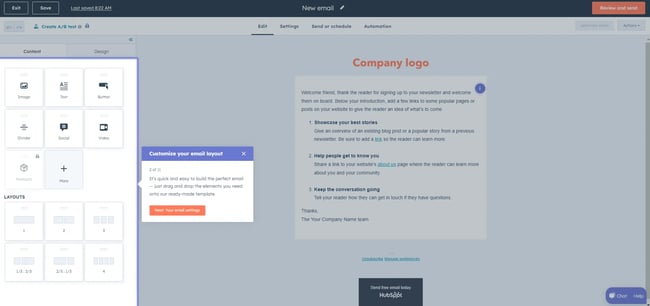
2. Sender
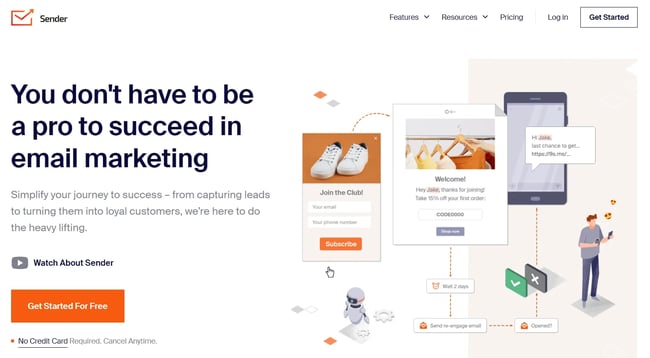
Image Source
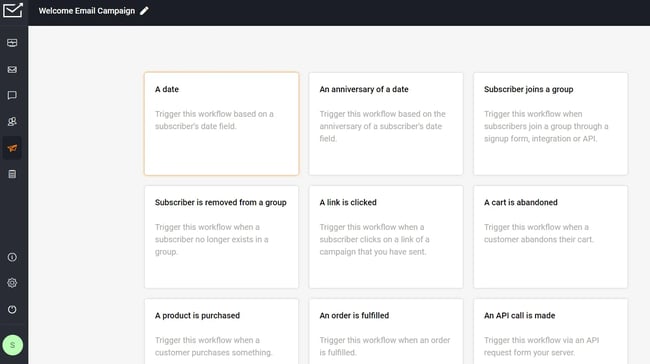
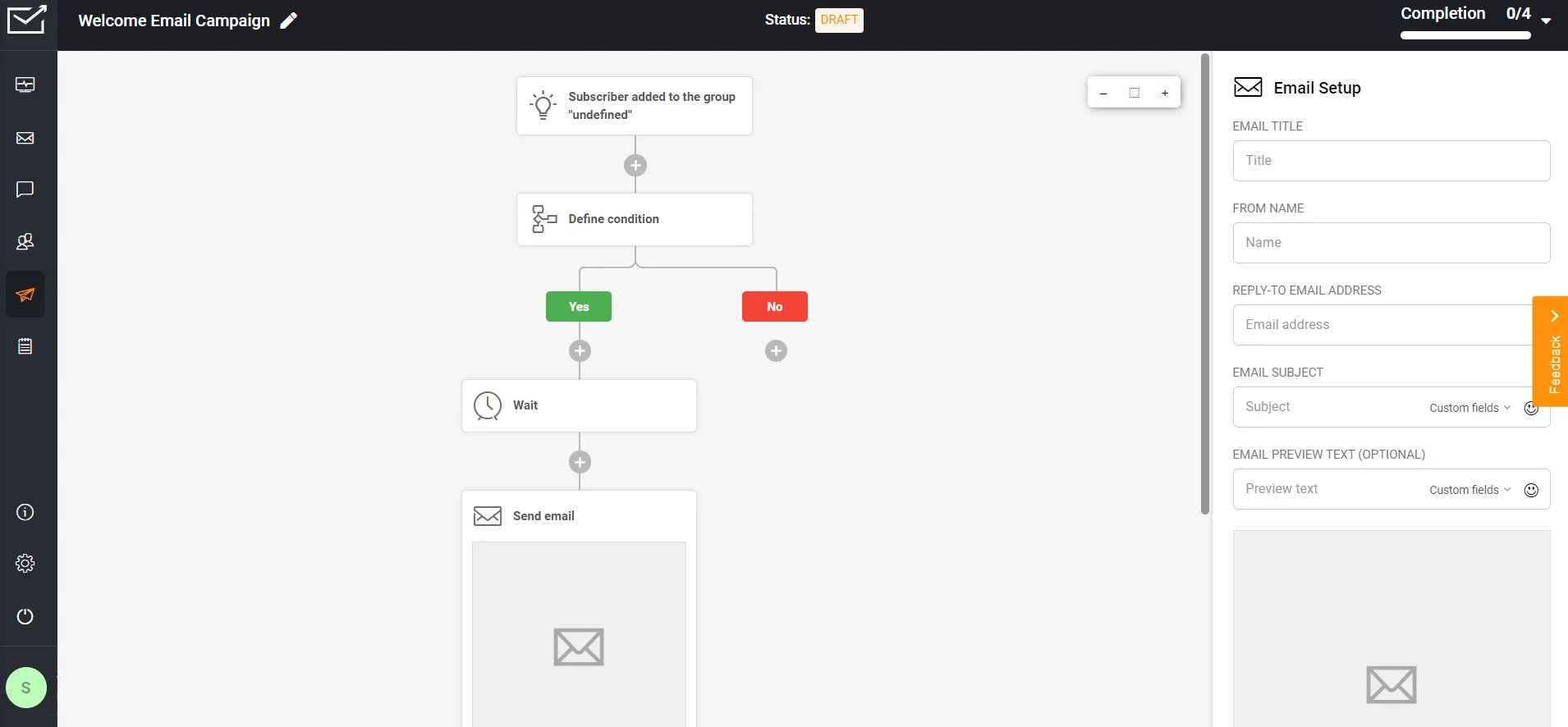
3. ConvertKit
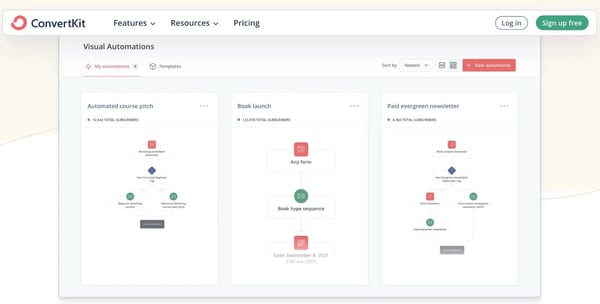
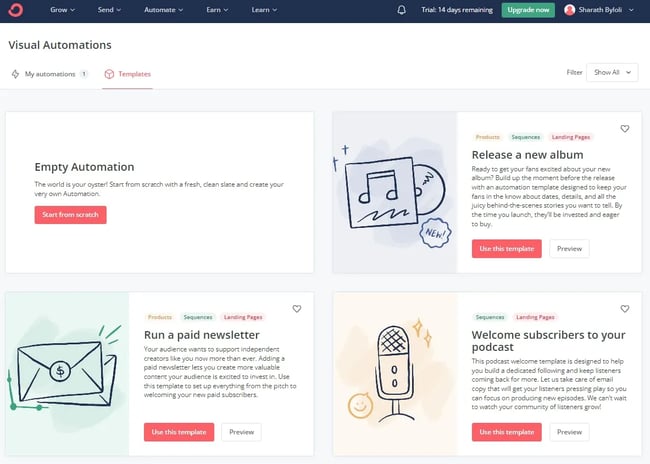
4. Mailchimp
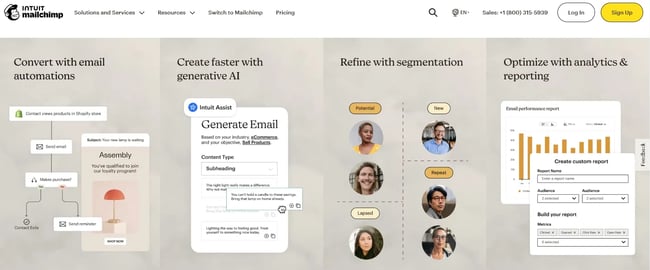
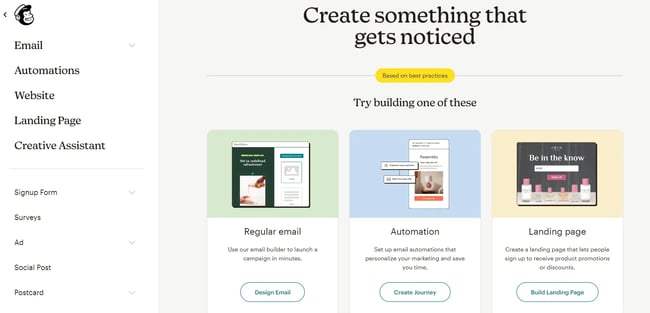
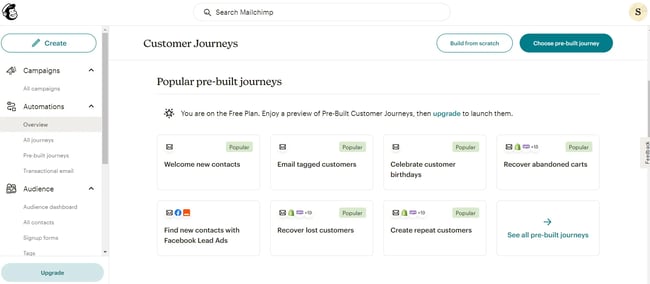
5. Drip
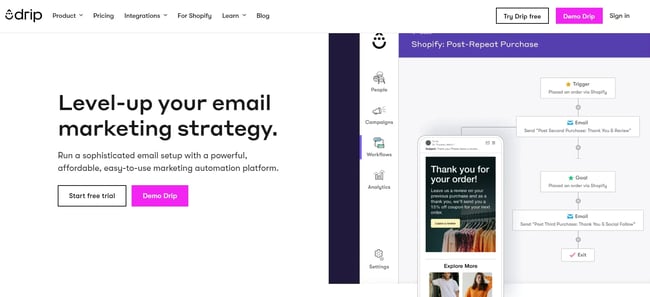
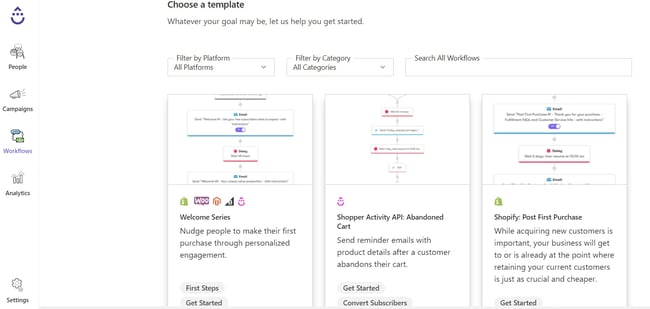
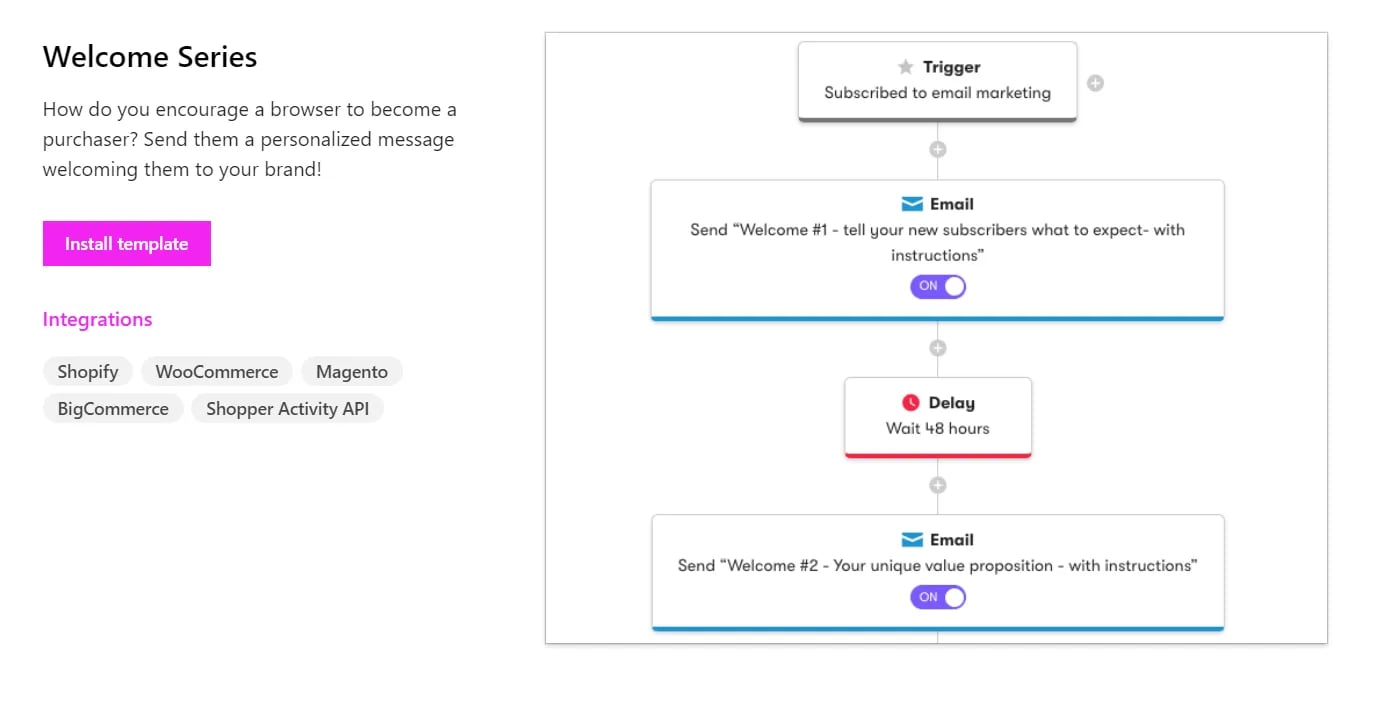
With Drip, you can easily integrate your online store (like Shopify, Magento, and WooCommerce) to make gathering data easier.6. Insycle
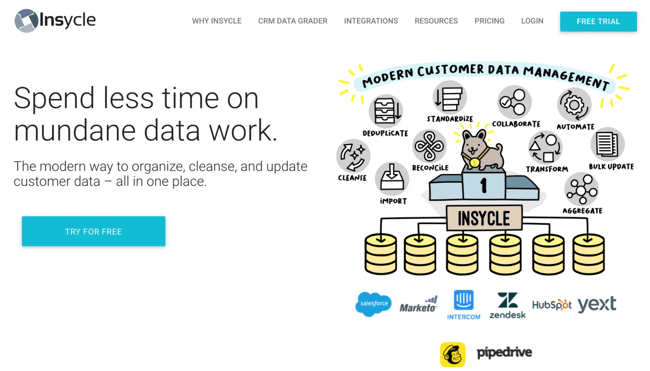
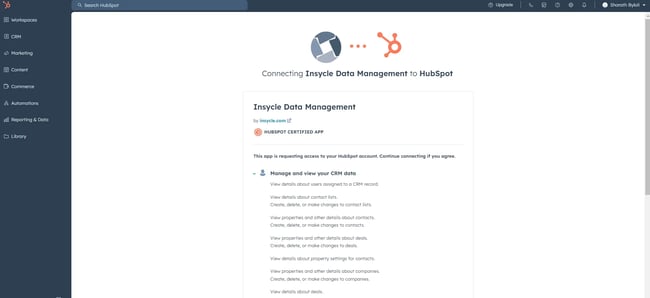
7. Brevo
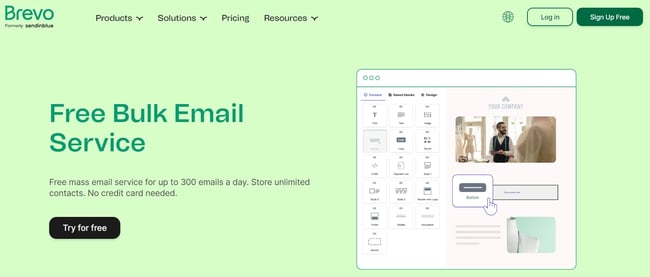
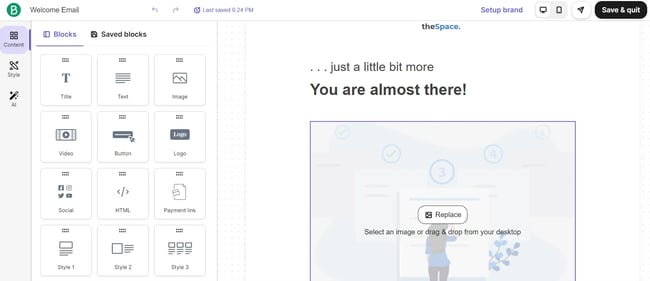
8. Constant Contact
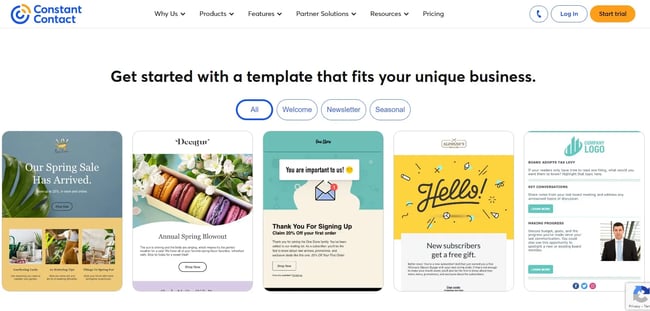
9. Mailmodo
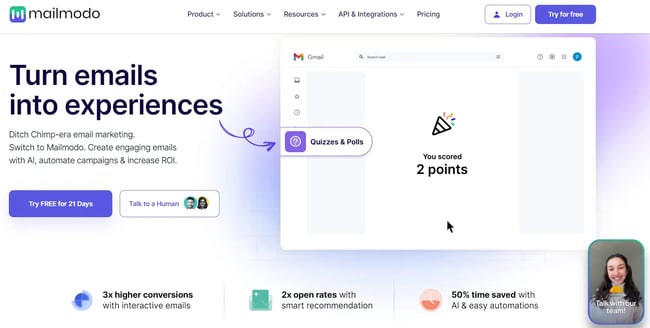
As shown below, you can select every section of your email, from the header to the final CTA and footer.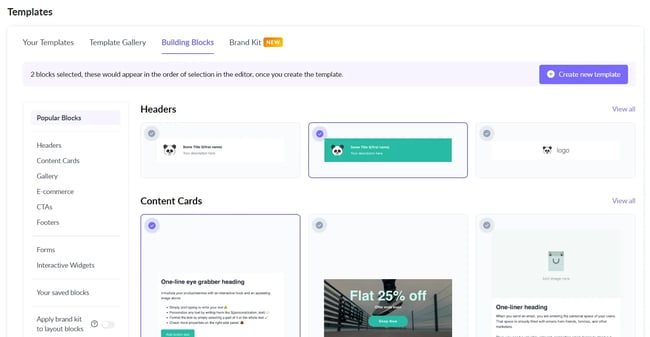
10. AWeber
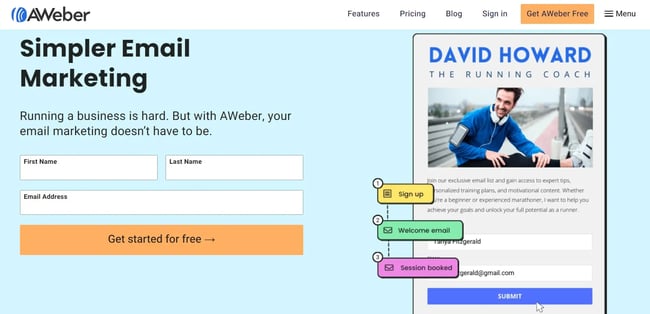
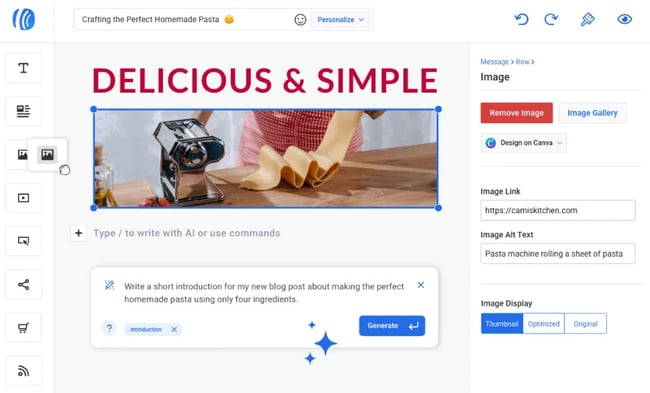
11. Mailgun
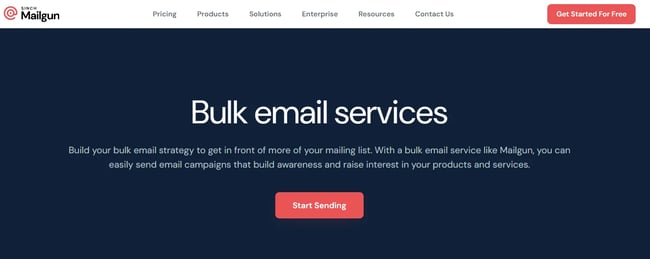
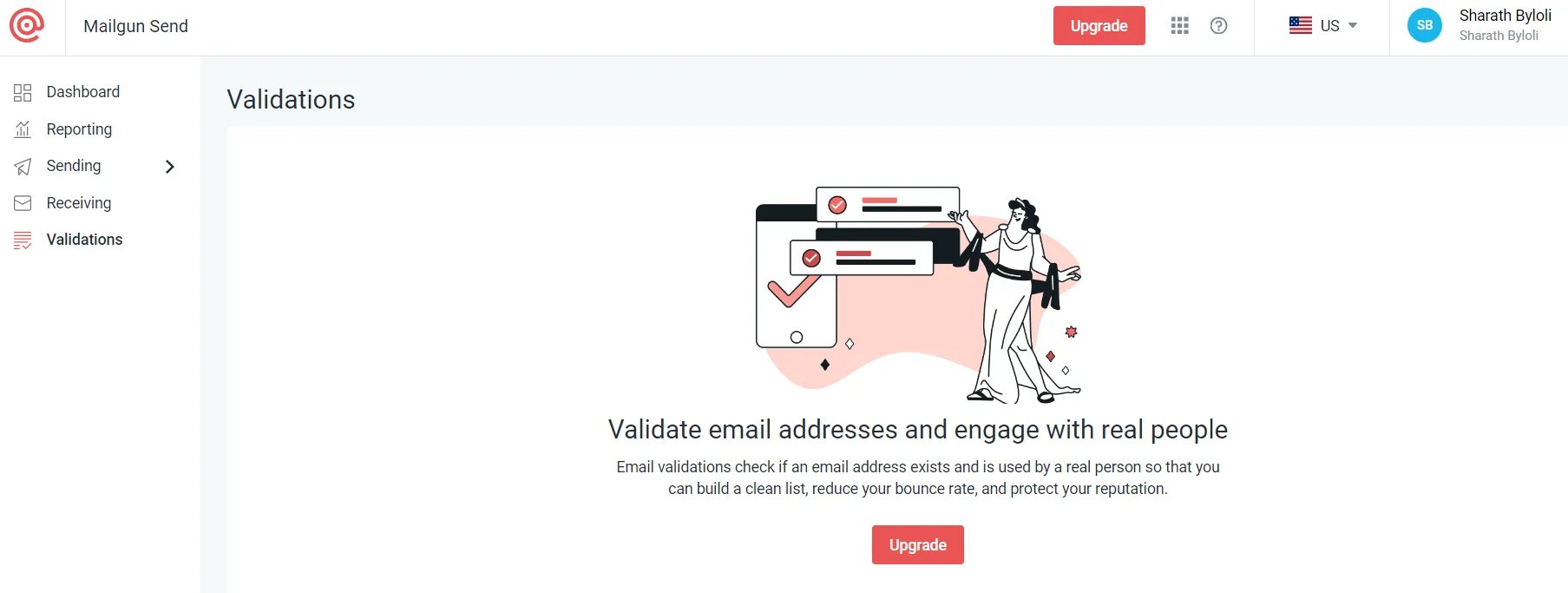
12. SendPulse
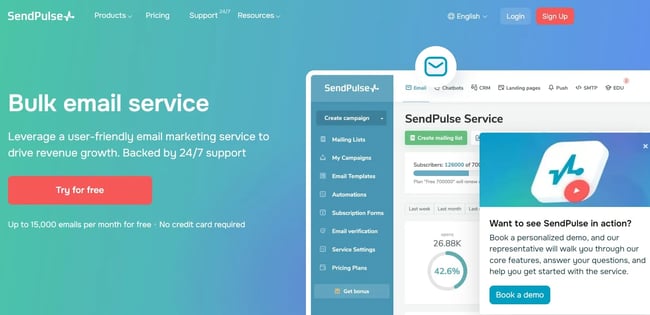
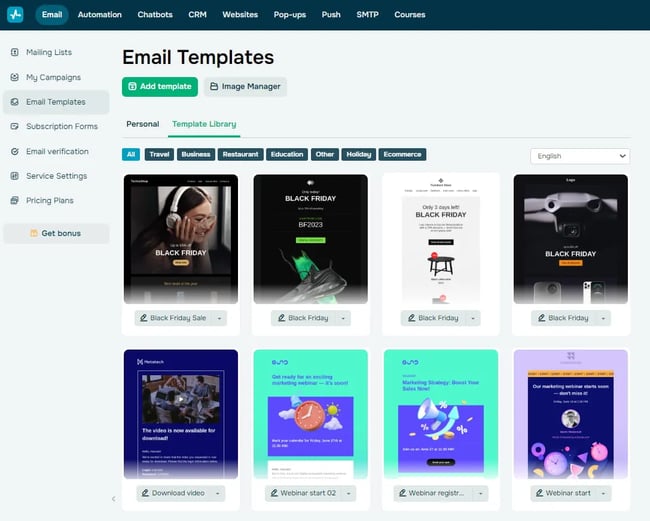
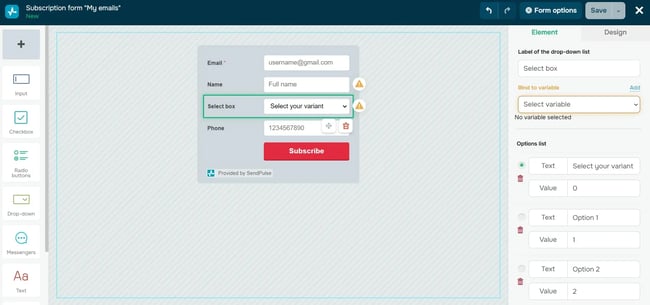
13. Stripo
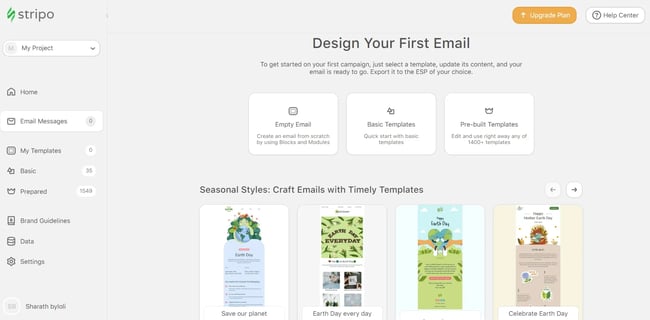
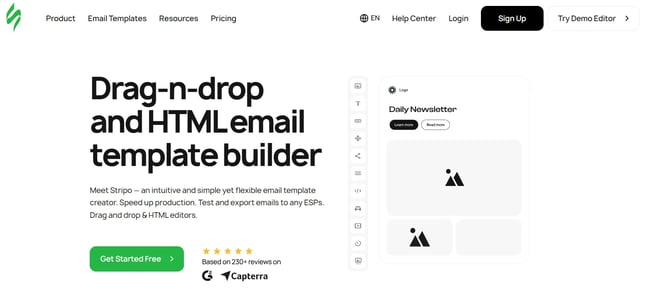
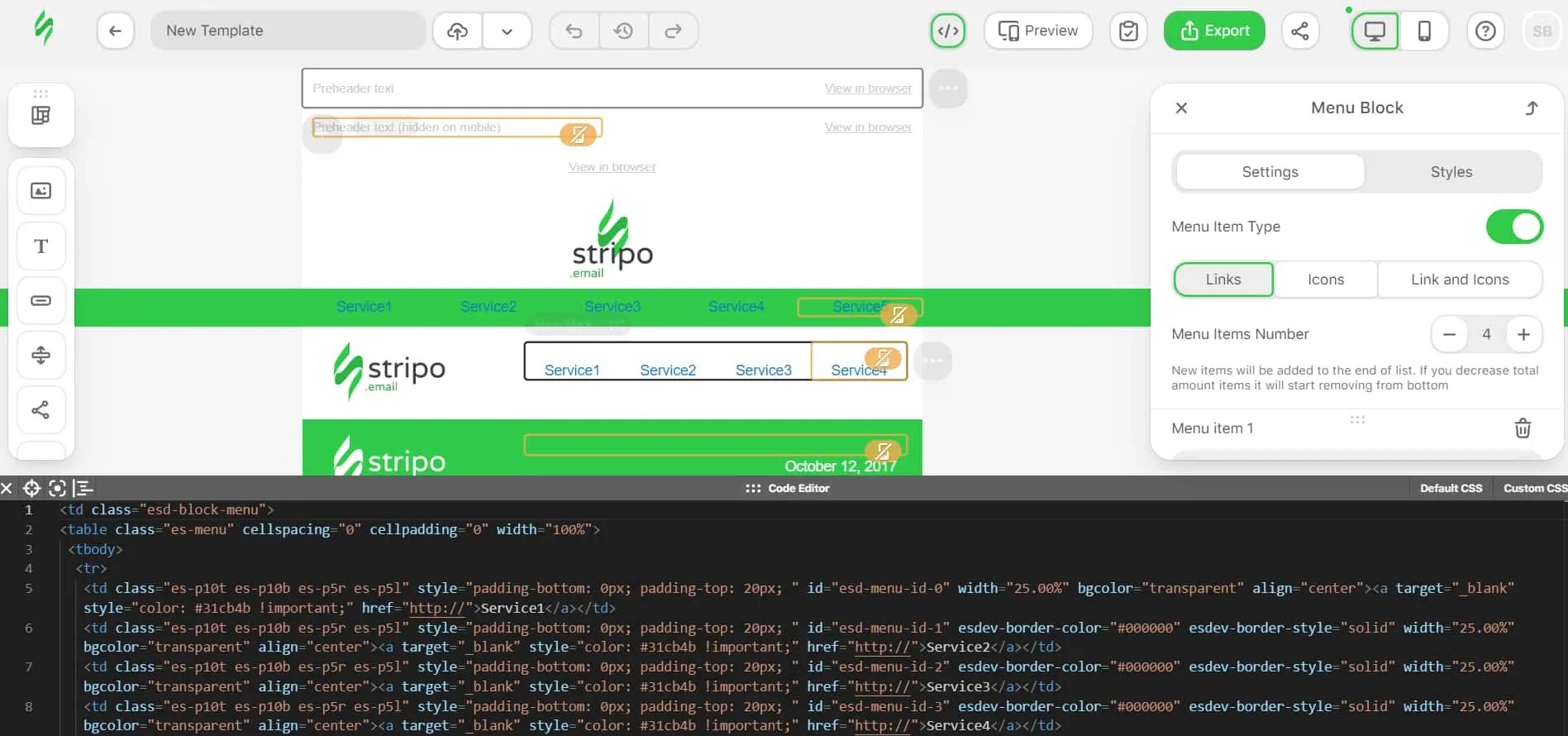
14. SendGrid
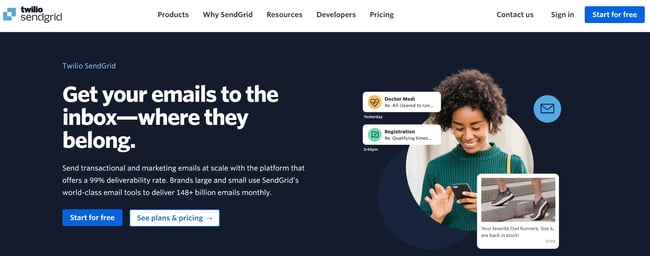
15. Mailjet
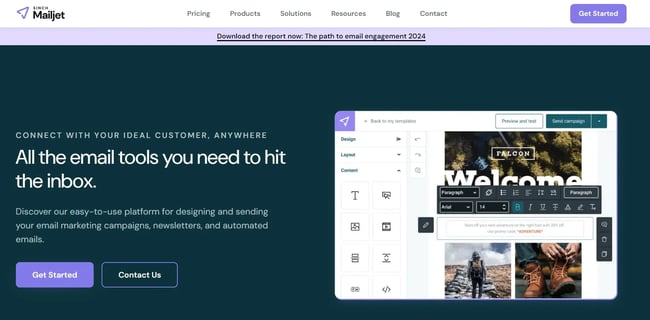
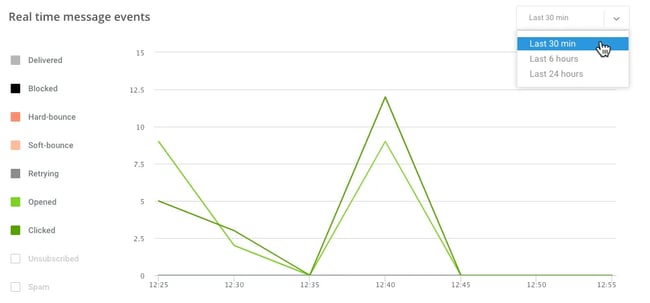
16. Omnisend
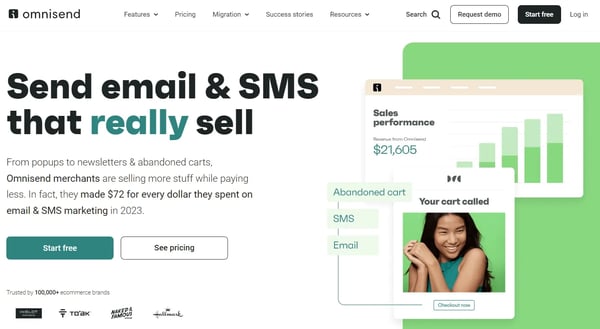
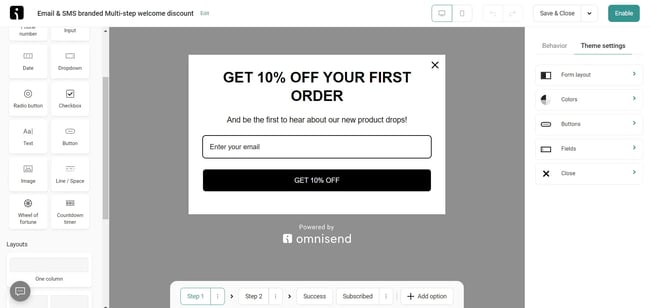
Top Features in Paid or Free Bulk Email Service
1. User Behavior Tracking
2. Drag-and-Drop
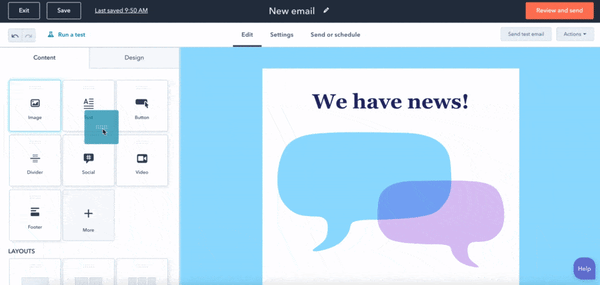
3. Email Segmentation and Personalization
4. Split Testing
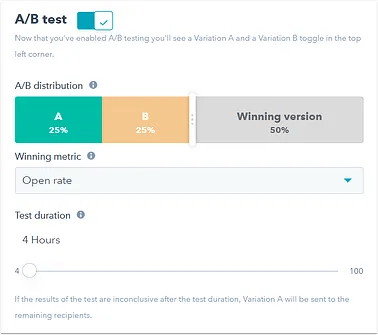
5. Automation
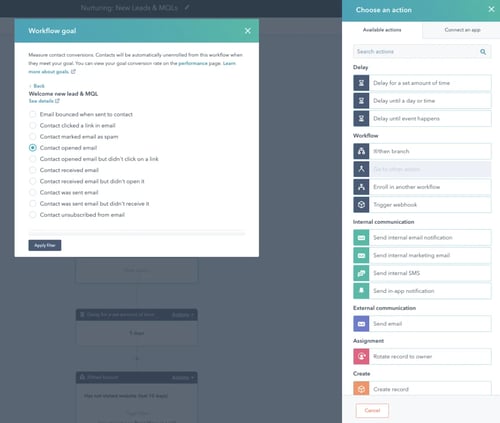
6. Design Templates
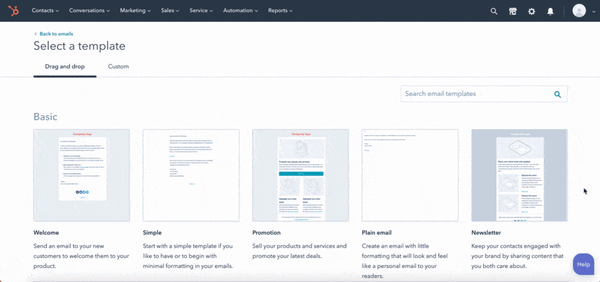
7. High Email Delivery Rates
Grow Your Business

 BigThink
BigThink 
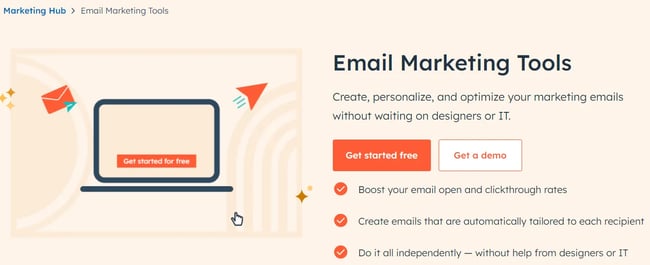
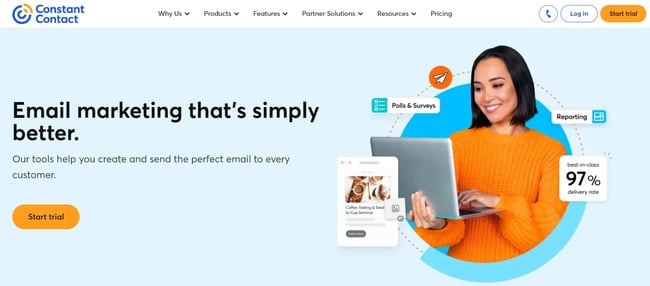











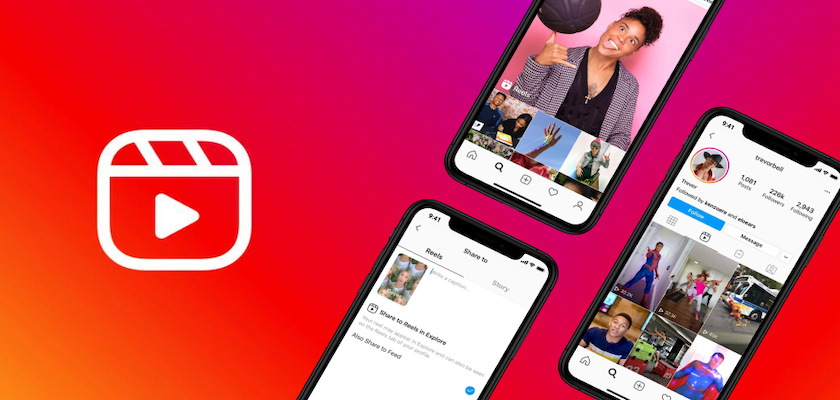
![3 Instagram Video Formats You Should Leverage in 2022 [Data from 500+ Marketers]](https://blog.hubspot.com/hubfs/video-formats.jpg#keepProtocol)




















